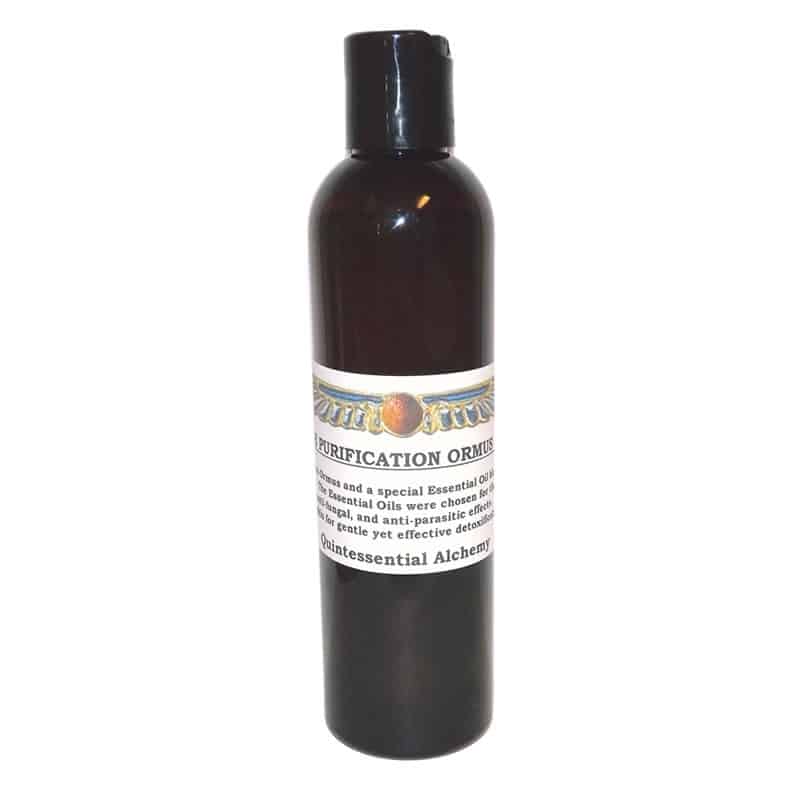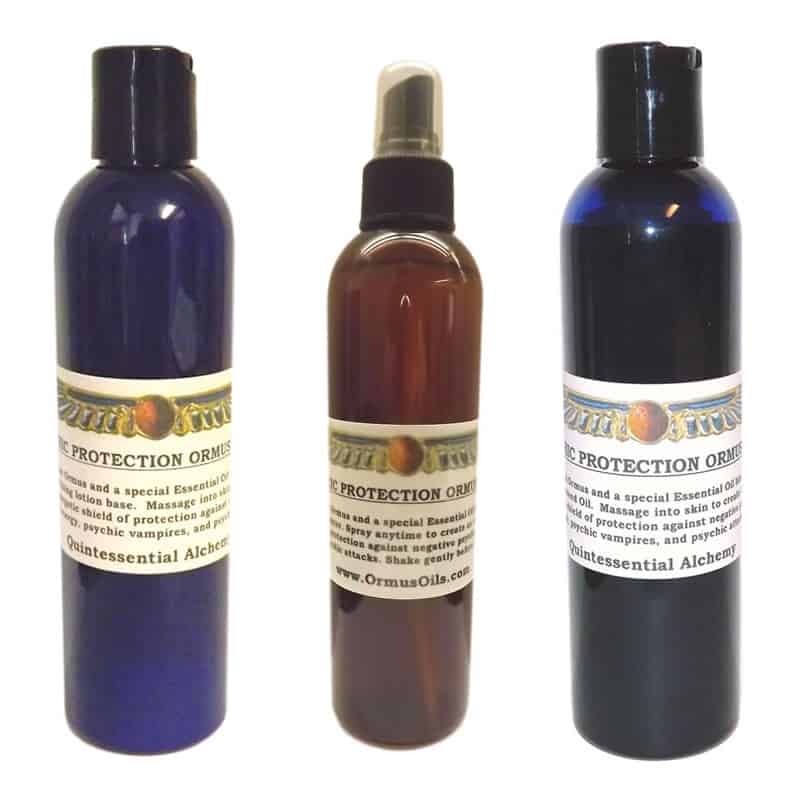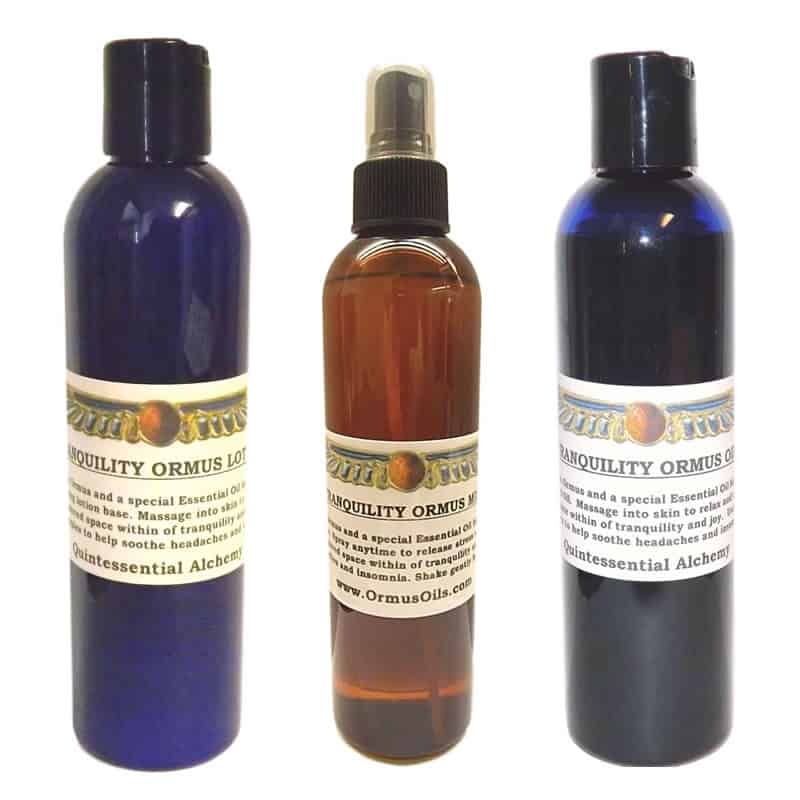No products in the cart.
Essential Oils Introduction
Essential oils are highly concentrated natural plant extracts; a drop or two can produce significant results. An entire plant, when distilled, might produce only a single drop of essential oil. That is why their potency is far greater than dried herbs. Pressing or distillation extracts the subtle, volatile liquids (meaning they evaporate quickly) from plants, shrubs, flowers, trees, roots, bushes, and seeds, that make up essential oils.
Essential oils are the life-blood of the plant, protecting it from bacterial and viral infections, cleansing breaks in its tissue and delivering oxygen and nutrients into the cells. In essence, they act as the immune system of the plant. That is why they are so essential to the plant without them, plants could not survive.
In the human body, they have a similar action, such as transporting valuable nutrients to the cells, increasing oxygen intake, and digesting toxic waste in the blood. This is because the three primary elements (carbon, hydrogen and oxygen) are common to both human beings and essential oils. This shared chemistry makes essential oils one of the most compatible of all plant substances with human biochemistry.
Essential oils or Aromatics as they were called, were some of the most prized, powerful and therapeutic treasures of the ancient world, traded for gold, silver and even slaves. They have a long history of use in healing and religious ceremonies throughout the ancient world, as well as their use as fragrance.
Some, particularly frankincense are cited repeatedly in many Judeo-Christian and Muslim religious texts. They were used to cure every ailment from gout to a broken head. Others, such as myrrh, lotus and sandalwood oils were widely used in ancient Egyptian purification and embalming rituals. Still others, such as clove and lemon, were highly valued as antiseptics hundreds of years before the discovery of modern antiseptics.
To understand how valuable essential oils were in ancient Egypt, records show that when Tutankhamen’s tomb was opened in 1922, 350 liters of oil were discovered in alabaster jars. Amazingly, the plant waxes had solidified around the openings of the jars, sealing and preserving the oils! The National Geographic reported in October of 1985 that almost 1,000 years before Christ, dynasties of the ancient world were fighting over the lucrative incense market. Caravans of 3,000 camels transported costly frankincense along the Frankincense Trail, a 2,400-mile-long road that stretched from southern Arabia to the coast of Israel.
It appears that the ancient Egyptians were the first to recognize the therapeutic potential of essential oils. They created fragrances for personal use as well as for ritualistic and ceremonial use in the temples and pyramids. In 1817, the 870 foot long Ebers Papyrus, dating back to 1500 B.C., was discovered. It listed over 800 herbal prescriptions and remedies. Many mixtures were composed of myrrh oil and honey. Myrrh was most often used for embalming, due to its effectiveness in preventing bacterial growth.
The modern rediscovery of the value of essential oils is attributed to French cosmetic chemist, Ren-Maurice Gattefoss, Ph.D. In July of 1910, a lab explosion set him aflame. After extinguishing the flames, he discovered that his hands were quickly developing gas gangrene. But just one rinse with lavender essential oil stopped the horrible process. Healing began the next day.
His discovery was quite accidental he had plunged his arm into a vessel that he assumed was water. But it actually contained pure lavender oil (Lavendula officinalis). With regular application of lavender oil, the wound healed without a scar. When he investigated the chemistry of the oil, he discovered that some of its chemical components had tremendous healing properties.







